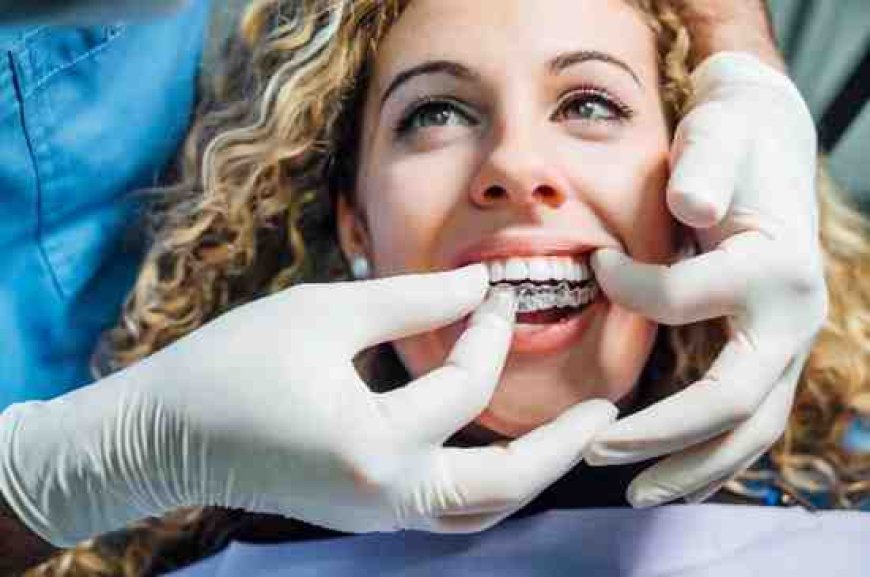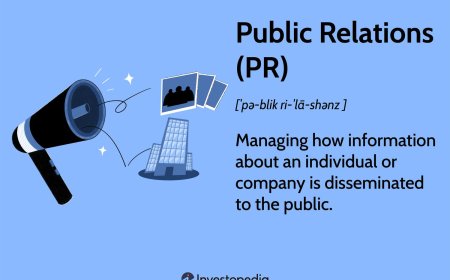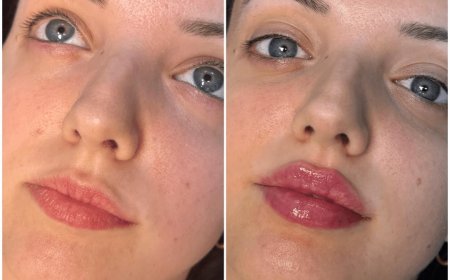Shifting Smiles: How Often to Change Invisalign Trays
Understand how often to switch Invisalign trays for safe, effective teeth straightening with professional advice for lasting results.

A confident smile is something many of us treasure, but achieving straight teeth shouldnt mean enduring metal brackets and wires. Invisalign offers a discreet, comfortable way to realign your teeth using a series of clear trays. But one question comes up time and again: how often should you change these trays? Understanding the timing, why it matters, and how to stay on track is essential for making your Invisalign journey smooth, safe, and effective. Lets break it down in a clear, friendly way.
Understanding the Basics of Invisalign
Invisalign isnt just about cosmetic straightening, it's a carefully planned treatment designed by your dentist. Each aligner tray is shaped slightly differently, applying gentle, consistent pressure to guide your teeth into better alignment over time.
Most treatment plans involve a series of 1030+ trays, depending on the complexity of your case. Each tray represents a tiny step in your journey to a straighter smile. Your dentist will explain that timing is crucial because:
- Too soon = risk of damaging teeth or roots.
- Too late = stalled progress or misalignment.
- Sticking to the schedule = safe, predictable movement.
When you visit a professional offeringInvisalign York, theyll map out your custom schedule to keep youprogressing safely and comfortably.
Typical Schedule: Every 12 Weeks
In many Invisalign treatment plans, trays are changed roughly every 12 weeks. Heres why that timeframe matters:
- Your teeth need time to shift into the new position.
- Ligaments in your gums slowly relax and reform.
- Bone around the roots remodels to secure the new alignment.
Rushing this process can cause:
- Tooth pain or root resorption.
- Teeth moving back to old positions.
- Needing refinements that extend treatment time.
Most Invisalign providers will say that for typical mild to moderate cases, 714 days per tray is ideal. Your dentist monitors progress and may adjust timing if your teeth respond faster or slower than expected.
Video Link: Affordable Invisalign in York Clear Braces for a Confident Smile!
Individual Variations in Changing Frequency
Of course, no two smiles are the same.
Your dentist will look at:
- Age (younger teeth often move faster).
- Complexity of movement (rotations take longer).
- Gum and bone health.
- Your commitment to wearing trays 2022 hours daily
For example:
|
Movement Type |
Typical Tray Time |
|
Minor spacing |
7 days |
|
Moderate crowding |
1014 days |
|
Rotations or tipping |
14+ days |
If youre working with an Emergency dentist who also handles Invisalign, theyll be well-versed in spotting when something is moving too quickly or not at all. That way, they can adjust your plan for the safest, most effective progress.
The Role of Attachments and Elastics
Attachments help trays grip and move teeth more precisely. Elastics help correct bite issues. Both can change how often you switch trays.
Your dentist may recommend:
- Longer intervals if movements are complex.
- Checking fit carefully before advancing trays.
- More frequent visits to monitor bite correction.
Many Invisalign patients find attachments and elastics are the secret to achieving results similar to traditional braces without the metal. But they also require discipline, skipping trays or rushing the schedule can undo all that careful planning.
Why You Shouldnt Switch Too Soon
Its tempting to think you can speed things up by switching early. After all, who wouldnt want to finish faster, But your teeth and especially the bone supporting them dont work that way.
Moving too quickly can cause:
- Teeth becoming loose.
- Roots resorbing, which is irreversible.
- Gaps reopening.
- Bite misalignment.
Orthodontic movement is about steady, controlled pressure. Think of it like moving a heavy piece of furniture carefully rather than shoving it and breaking it. If youre getting Invisalign York treatment, trust your providers schedule. They design it so you get a safe, beautiful result that lasts for years.
What Happens If You Forget to Change?
Life happens. Holidays, busy work weeks, even illness can mean you accidentally wear a tray longer than planned. Good news, Its not usually a disaster.
Most dentists will say:
- Its better to wear too long than switch too soon.
- If you forget for a week, just start the next tray when you remember.
- If youre over by 2+ weeks, book a check-up to make sure your teeth havent shifted unexpectedly.
An Emergency dentist offering Invisalign will be used to handling these hiccups. Theyll help you get back on track without judgement or stress. Remember: communication is key. Tell your dentist if youve been off schedule so they can adjust your plan if needed.
Tracking Fit and Progress
Your trays should snap in snugly when you first start wearing them. Over time, theyll feel looser as your teeth settle into the new position. This is the sign youre ready to switch. Many providers also recommend chewies to help seat the aligners fully.
Watch out for signs you may not be ready:
- Tray wont seat fully even with chewies.
- Sharp pain instead of gentle pressure.
- Teeth feel sore in unexpected places.
Your Invisalign dentist will check your fit at review appointments, using digital scans to see exactly how teeth are moving. This technology means fewer surprises and a better final result.
Staying Committed for Best Results
Aligners only work when you wear them. The recommended 2022 hours a day isnt a suggestion, it's essential.
Here are friendly reminders to help you stay on track:
- Keep your case handy to avoid losing trays.
- Rinse aligners after meals to keep them clear.
- Brush and floss before putting trays back in.
- Use phone reminders to switch on time.
And most importantly: ask your dentist questions. If something doesnt feel right, dont try to power through alone. AnEmergency dentist in Yorkoffering Invisalign can help even if its outside normal hours peace of mind thats worth it if youre worried about fit, damage, or pain.
Conclusion
At EDY, we understand that getting a straighter smile isnt about rushing its about doing it right. Invisalign works best when you follow the plan carefully, change trays as recommended, and keep in touch with your dentist if anything feels off. With professional guidance and a little patience, you can achieve the comfortable, confident smile you deserve. Trust in the schedule, keep those trays in place, and youll be showing off your beautifully aligned teeth before you know it.


































